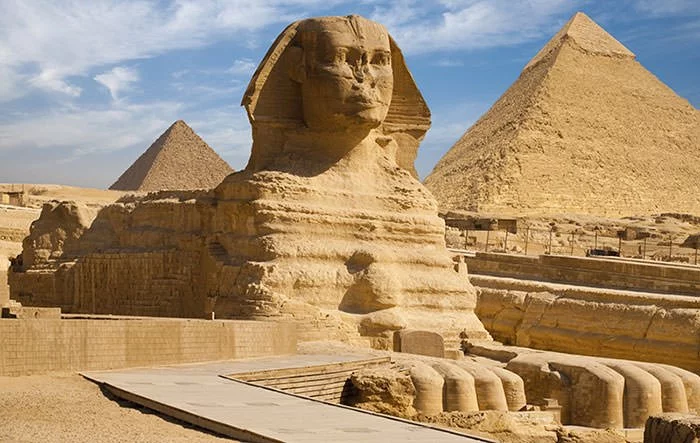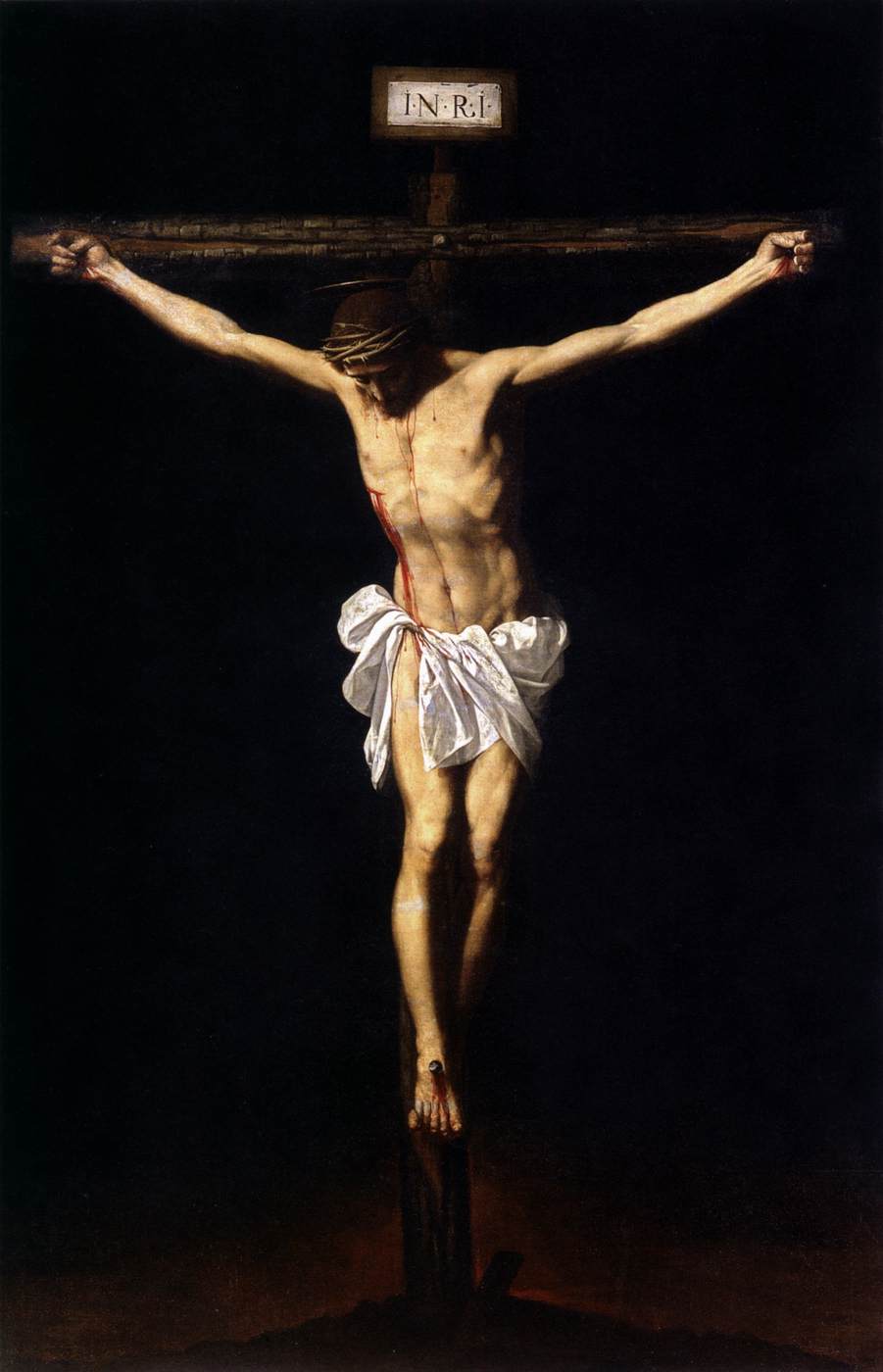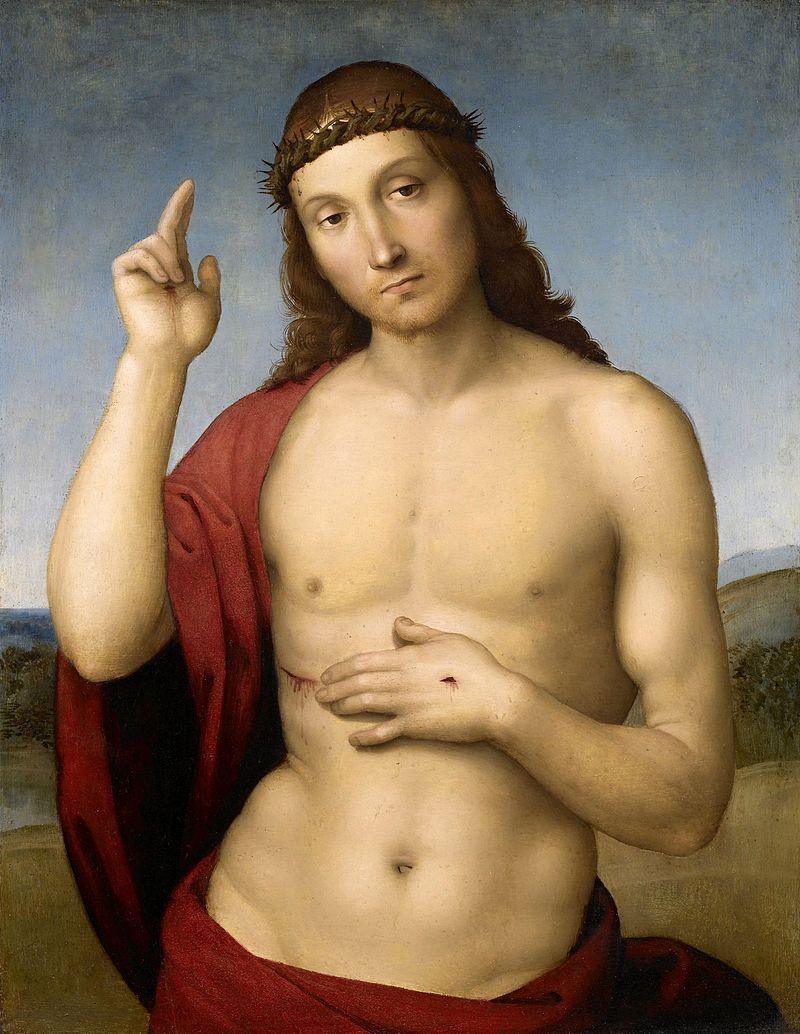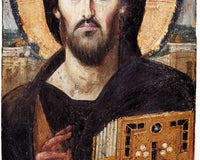The close association between sculpture and humanity can be appreciated since ancient Greece and Rome.
Sculptures were often made to honor the various gods or to show the greatness of kings. They can also be observed in classical myths, such as the stories of Deucalion and Pyrrha and Pygmalion.
Today Kuadros wants to honor that relationship between sculpture and man by choosing what we believe to be the ten most beautiful sculptures in history.
No. 1 Venus of Willendorf - 28,000–25,000 BC

Venus of Willendorf, also called Woman of Willendorf, or Naked Woman, is a female statuette from the Upper Paleolithic period found in 1908 in Willendorf, Austria. The statuette, made of limestone tinted with red ochre pigment, dates to around 28,000–25,000 years before Christ. It is tiny, measuring only 11.1 cm tall.
Some scientists suggest it may have been a self-portrait created by a woman. It is the most famous of many objects dating from the Stone Age.
No. 2 Bust of Nefertiti - 1,345 BC

Nefertiti (which means "the beautiful one has arrived") was the great royal wife of the Egyptian pharaoh Akhenaten during the 14th century BC.
This bust has been a symbol of feminine beauty since it was first discovered in 1912 within the ruins of Amarna, the capital city built by the pharaoh. The bust has no inscriptions, but it can certainly be identified as Nefertiti by the characteristic crown she wears, used by the queen in other representations.
The countless requests from the Egyptian government to the Neues Museum in Berlin for the official return of the bust have been a source of high tension between the two nations since then. The Egyptian government began to question Germany's possession of antiquities by imposing sanctions.
No. 3 The Terracotta Army - 210-209 BC

The Terracotta Army is possibly one of the most striking archaeological discoveries. It is a huge stash of clay statues buried in three massive tombs near the tomb of Shi Huang, the young emperor obsessed with immortality.
The army of figures was created to protect the emperor in the afterlife. It consists of more than 8,000 soldiers, who were equipped with real weapons, along with 670 horses and approximately 130 chariots. Each one was made to life size, although the actual height varies according to military rank.
The first emperor envisioned an underground domain that would be parallel to his earthly existence after physical death.
No. 4 The Great Sphinx of Giza 7,000 BC

The Great Sphinx is one of the most famous monuments in the world, a giant limestone statue. The figure is a mythical creature with the body of a lion and the head of a human.
The Great Sphinx is among the largest sculptures in the world, measuring approximately 73 meters long and 20 meters high. The statue was carved from a single piece of limestone. The discovered pigment suggests that the entire surface was originally painted. Archaeologists believe it would have taken about three years to build using stone hammers and copper chisels.
According to recent studies, the Sphinx was built around 7,000 BC, implying that it was the work of an advanced civilization that preceded the ancient Egyptians.
No. 5 Venus de Milo 130-100 BC

This beautiful woman, a goddess, has intrigued and fascinated art lovers since her discovery on the island of Melos in 1820. She likely represents the goddess Aphrodite.
The Marquis de Rivière presented her to King Louis XVIII, who donated her to the Louvre the following year. The statue gained instant fame.
The goddess is shrouded in a veil of mystery, with an enigmatic attitude. The missing pieces of marble and the absence of attributes complicate her restoration and identification.
It is believed that the master Alexandros carved this masterpiece between 130 and 100 BC. The inscription on the pedestal that identified him as the creator of Venus de Milo was lost nearly 200 years ago.
Today she is admired for her imperfection; inexplicably, it is the absence of arms that gives a special beauty to this piece.
No. 6 The Pietà 1499 AD

The Pietà was commissioned by a French cardinal for his funeral. He hired the famous artist to create a monument for his tomb that depicted a popular scene in the art of Europe at that time: the tragic moment of the Virgin lowering her son Jesus from the cross.
Michelangelo stated that the block of marble he worked on was the most "perfect" block he had ever used, and that it was the most refined work he had done.
The Pietà is considered by many to be Michelangelo's greatest work, surpassing even David and the ceiling of the Sistine Chapel.
During its restoration, a hidden signature was discovered in the left hand of the Virgin. There was a subtle "M" that is believed to represent Michelangelo.
The statue is currently located inside St. Peter's Basilica. It was moved there in the mid-18th century.
No. 7 Laocoön and His Sons, 2nd century BC

Perhaps Laocoön and His Sons being attacked by snakes is the most famous sculpture of ancient Rome.
Regarding the Greek myth on which the sculpture is based, there are many versions; it is not really known who was the author of the attack as it is attributed to three authors, Athena, Poseidon, and Apollo.
Laocoön tried to warn the leaders of Troy not to bring the wooden horse they had left on the beach into the city because he sensed a trap. The punishment given to Laocoön for his interference was that one of the gods sent the giant sea serpents Porces and Chariboea to attack him along with his two sons.
Today this beautiful sculpture rests on display in the Vatican.
No. 8 The David by Michelangelo - 1501-1504 AD

The statue of David is one of the most recognized works of the artist Michelangelo, and it has become one of the most famous pieces in the art world.
The biblical hero is depicted naked, patiently awaiting battle, with a sling in one hand and a stone in the other. His hands and head appear to be disproportionate to the size of his body, possibly with the intention of achieving a visual effect for spectators who would see the statue high up in the cathedral.
The story of the battle between David and Goliath tells us that the teenager had to face the giant Goliath, the Philistine who could not be defeated by strength. David needed cleverness and skill to defeat someone larger than him, and he did so with the famous sling, accurately hurling a stone at the giant's head.
The statue was originally meant to be placed on the dome of the Cathedral of Florence. But as soon as David finished it, everyone knew it could not be placed at that height because it had already become a masterpiece to be enjoyed. Ultimately, it was decided to place it openly in the Piazza della Signoria.
It is currently displayed in the Accademia Gallery in Florence.
No. 9 Perseus with the Head of Medusa, Antonio Canova - 1804-1806 AD

Antonio Canova built this statue twice. The first version is displayed in the Vatican Museum and is known as Perseus Triumphant. A replica is currently located in the Metropolitan Museum of Art.
In the statue, Perseus stands almost naked. He is shown as a triumphant figure, with the snake head of Medusa raised in his left hand. In this sculpture, the extended arm of Perseus and the head of Medusa slightly displace the center of gravity.
In Greek mythology, Perseus was the son of Jupiter or Zeus in Greek. Polydectes, the King of Serifos, ordered Perseus to deliver the head of Medusa as a wedding gift. Perseus used a shiny shield he received from Athena to avoid looking directly at Medusa's eyes. After a long battle, the hero managed to cut off her head.
When Perseus returned to King Polydectes, he showed him the head of Medusa, which turned Polydectes to stone. This was Perseus's revenge when he discovered that Polydectes had abused his mother.
No. 10 Ecstasy of Saint Teresa 1647–1652 AD

The Ecstasy of Saint Teresa is considered by many to be the pinnacle of Bernini.
Canonized largely for the spiritual visions she experienced, Saint Teresa of Ávila was a nun living in 16th-century Spain, at the height of the Reformation.
The sensuality of the piece is linked to Saint Teresa's writings, in which she describes her mystical experiences in almost erotic terms: "... Next to me, in the left hand, an angel appeared in bodily form ... He was not tall but short, and very beautiful; and his face was so aflame that he seemed to be one of the highest angels, who appear to be on fire ... In his hands, I saw a great golden lance, and at the iron tip, there seemed to be a point of fire. This plunged into my heart several times ... and left me completely consumed by the great love of God. The pain was so severe that it made me utter several moans. The sweetness caused by this intense pain is so extreme that one cannot desire it to cease, nor is the soul satisfied with anything but God. This is not a physical pain but a spiritual one, although the body has something to share, even a considerable part ...".
KUADROS ©, a famous painting on your wall.










2 comments
Luis García
NOOOOO…. la # 1 debiera ser “la Verdad velada” o “El Cristo Velado” (en Nápoles)
Luis García
NOOOOO…. la # 1 debiera ser “la Verdad velada” o “El Cristo Velado” (en Nápoles)